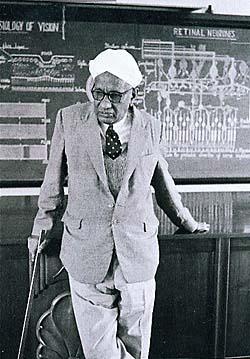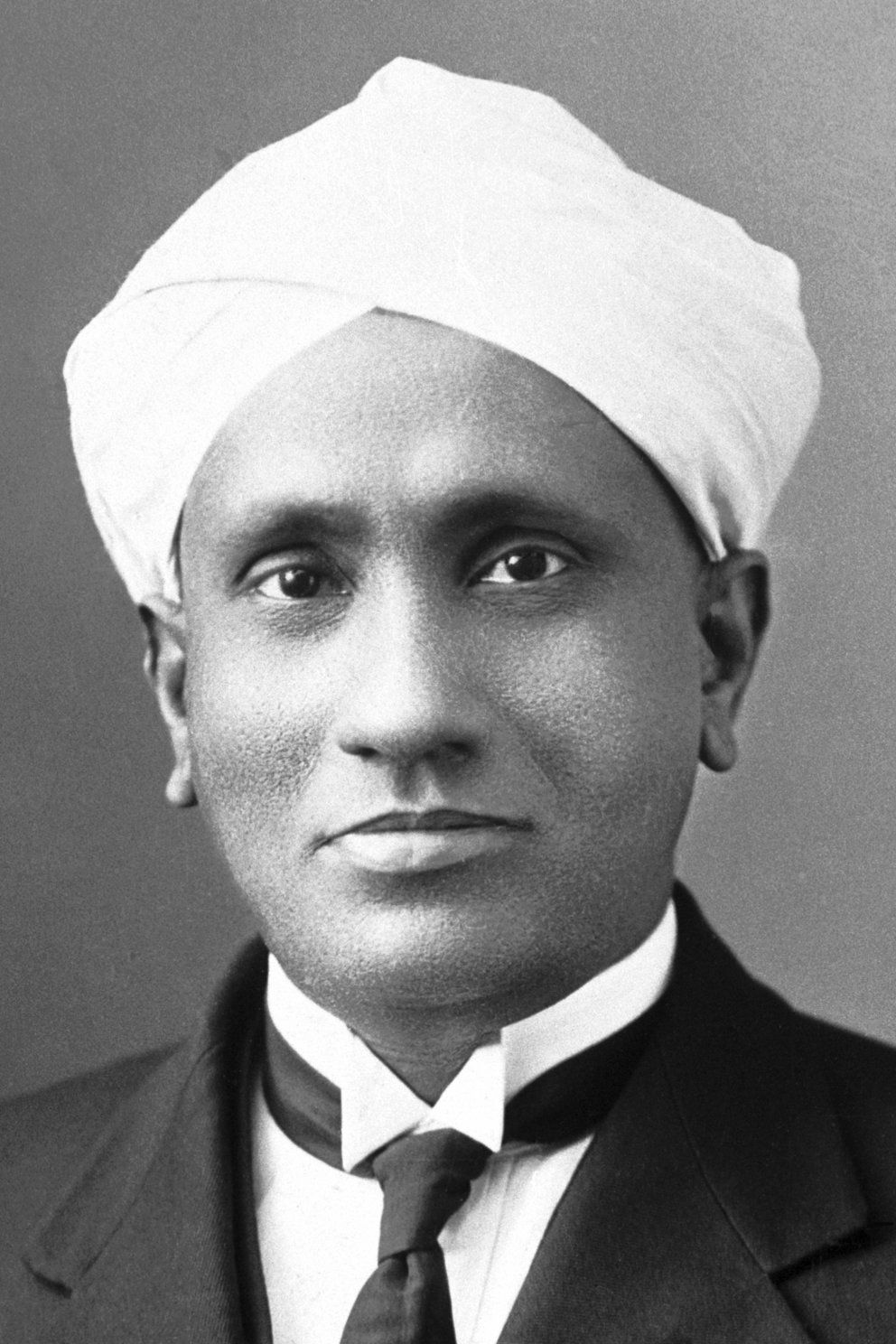Explore the inspiring life and legacy of C.V. Raman, India’s Nobel-winning physicist who revealed the secrets of light through the Raman Effect.

Chandrashekhara Venkata Raman, better known as C.V. Raman, was one of India’s greatest minds. His discovery of the Raman Effect in 1928 brought India its first Nobel Prize in Physics in 1930. But beyond awards, his story is one of sheer determination, intellectual brilliance, and an unshakable love for science.
🌱 Early Life: A Young Boy with Big Curiosity
Born on November 7, 1888, in Tiruchirapalli, Tamil Nadu, Raman grew up in a modest home. His father was a lecturer in physics and mathematics, who inspired his son to explore the natural world. From a very young age, Raman showed remarkable talent—not only in academics but also in music.
Despite limited resources and British colonial rule, he graduated from Presidency College, Madras, with top honors in physics. His intelligence shone so bright that he started publishing research papers while still a student!
🔬 The Breakthrough: What Is the Raman Effect?
In 1928, while working at the Indian Association for the Cultivation of Science in Kolkata, Raman conducted experiments with light. He observed that when light travels through a material, a small part of it changes its wavelength and color. This was a completely new discovery.
This effect—now called the Raman Effect—helped scientists understand the molecular structure of materials without destroying them. Today, Raman Spectroscopy is used in chemistry, medicine, and even space research.
He once said,
“Ask the right questions, and nature will open the doors to its secrets.”
💡 Doing Great Things with Less
What made Raman’s achievement even more amazing was that he worked with simple tools and limited funding. Unlike many western scientists who had fancy labs, Raman proved that brilliance does not depend on wealth.
He believed:
“The essence of science is independent thinking, hard work, and not equipment.”
This idea still motivates young scientists across the world, especially in developing countries.
🎻 The Man of Science and Soul
Raman wasn’t just a scientist—he was also an artist at heart. He loved Indian classical music and often spoke about the science of musical instruments. He studied how tabla, mridangam, and veena produced different sounds.
He also believed in honor and values. Though knighted by the British, he renounced the title in protest of the Jallianwala Bagh massacre.
“Science can only flourish in an atmosphere of free speech.” – C.V. Raman
🌍 Legacy that Still Shines
In 1948, Raman founded the Raman Research Institute in Bangalore, which still leads cutting-edge research. He also created the Indian Journal of Physics, helping Indian scientists publish and grow.
His success proved to the world that Indians could lead in science. His story reminds us of A.P.J. Abdul Kalam’s journey, where simplicity and vision created greatness.
🧠 Among Other Geniuses
Raman’s legacy fits beautifully beside other greats like Albert Einstein and Thomas Edison. While Einstein worked on the nature of space and time, Raman focused on the behavior of light and matter.
All of them—despite different backgrounds—shared the same spirit: never stop questioning.
✨ Words to Remember
Here are some of Raman’s most powerful quotes:
- “I am the master of my failure. If I never fail, how will I ever learn?”
- “Science is a fusion of man’s creativity and curiosity.”
- “What is science but a way of trying to understand the world?”
These words carry the same inspiration you’ll find on America112, a global platform for innovation, science, and stories that move the world forward.
📚 A Final Thought
Chandrashekhara Venkata Raman’s story is a shining example of what a curious mind and strong will can achieve. He didn’t just study science — he lived it. He transformed India’s scientific identity and became a global symbol of intellect, courage, and vision.
Let his life remind us that big dreams can start from small towns, and that knowledge is the truest light of all.

